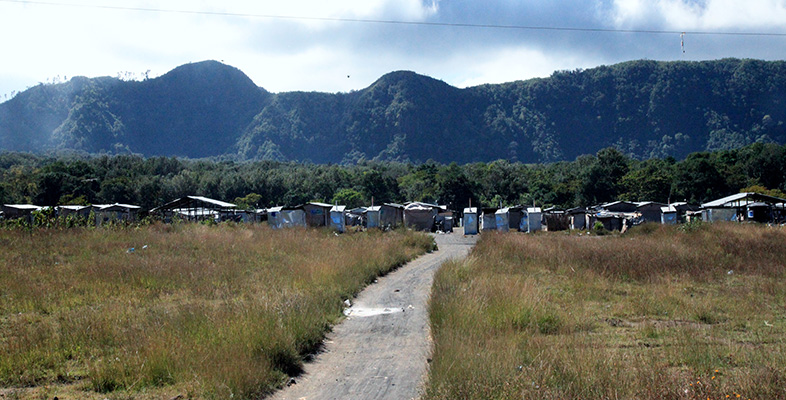8.1.2Why do you think the Home Secretary did not draw on this research when interpreting the asylum statistics presented in the February 2003 press release?
Considering these findings alongside the statistical data and our personal stories, we can draw some conclusions about the production and reproduction of knowledge about refugees and asylum seekers through research:
-
The terms chosen – for example, ‘refugee’ or ‘asylum seeker’ – themselves constitute discourses that convey meanings that reinforce or challenge dominant understandings. In the study discussed in Section 7, Bloch (2002, p. 1) used ‘the term refugee … to describe all forced migrants (that is refugees, people with Exceptional Leave to Remain, people with Indefinite Leave to Remain, asylum seekers on temporary admission and naturalised British and EU citizens who came to Britain initially as forced migrants), unless a distinction is specified’. By doing this she emphasised a common experience of forced migration, and implicitly challenged the negative meanings associated with statuses such as ‘asylum seeker’ that the Home Office uses.
-
The relationship between researchers and researched, as well as the researcher's status and experience, have important implications for people's willingness to participate; this in turn is affected by the funding and the perceived, as well as the actual purpose of the research.
-
Quantitative methods cannot offer us information about people's individual experiences.
-
Only through the use of in-depth qualitative methods can we obtain the kind of rich material that allows us to explore the interrelationships between personal lives and social policy.
